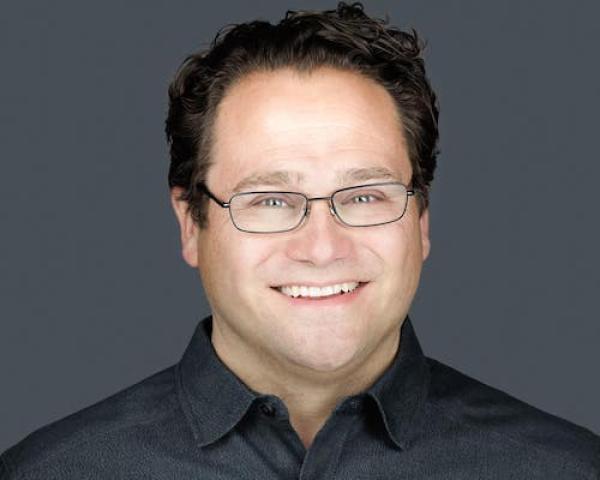There is no great mystery about what determines insurance premiums – it all comes down to market conditions and risk profiles. However, many policy applicants have a huge misconception that can inadvertently increase their rates.
The role of an insurance agent is akin to that of a matchmaker – the goal is to connect businesses with suitable policies that address their specific needs. To make a successful match, insurance agents and underwriters require information. Generally speaking, the more information, the better.
Many business owners, however, think it is somehow beneficial for them to “hide the ball” from insurers and obfuscate details of their business.
This myth of secrecy is not only incorrect but incredibly damaging. When there is a dearth of information about a potential client, underwriters are forced to fill in the blanks as best they can. Underwriters are not an optimistic bunch. When confronted with limited information, they will not assume the best. Instead, they will make conservative assumptions that will likely result in higher premiums than would have been the case if a more transparent approach was taken.
See also: The Need for Transparency in Underwriting
While insurance agents are typically the face that clients see the most, underwriters are working behind the scenes to:
- Build Risk Profiles: Underwriters scrutinize various aspects of a business, including its industry, operations, financial stability and claims history. Then they assess the likelihood of future losses based on these factors.
- Understand the Client's Risk Management Practices: Underwriters appreciate companies with robust risk management protocols, as they are less likely to incur significant losses. These practices include safety measures, loss control strategies and disaster preparedness.
- Customize Coverage: Underwriters initially work with generalized risk profiles, but the real magic happens when they gain specific insights into a business. The more details they have, the better they can tailor coverage. Imagine a custom-made suit versus an off-the-rack option—the former fits perfectly.
- Tell a Story: Underwriters and insurance companies want to know the story of their clients. When potential clients volunteer information and give generous insights into their goals, strategies and relevant data, they make the job of an underwriter much easier.
How to Bridge the Knowledge Gap
All this is to say that when insurance companies know more about applicants and have a high degree of confidence about the levels of risk at play, they will offer more competitive rates, terms and coverage. Businesses applying for coverage can do themselves a huge favor by abandoning the myth of secrecy and helping their agent or broker to bridge the knowledge gap and provide information for underwriters to use in their calculations.
The more specific information about a business and its risk management practices that the underwriter knows, the more accurate the risk profile becomes. A good risk profile makes an applicant more desirable in the insurance marketplace. Businesses with solid risk management and loss control practices will be offered much better policies than those with generalized average risk profiles or incomplete information. This means that when an underwriter has a question about some aspect of your business and that unknown isn’t addressed, they will be likely to assume that a hidden risk is present, and policy offerings will be priced accordingly.
Examples of key steps a business can take to create a solid risk management strategy that will appeal to insurers and their underwriters include:
- Build a company-wide culture based on safety
- Manage claims efficiently to keep costs down
- Pinpoint exposures and cost drivers
- Identify the best loss control solutions to address risks specific to the business
- Create a business continuity plan to account for disasters and other unpredictable risks
These five items help you control your claims history, which plays a huge role in determining insurance costs. Businesses that take risk management seriously will stand out in the insurance market and become better, safer and more effective.
See also: What Makes Insurance Invoicing Different
Ditch the Secrecy, Get a Better Policy
If information is hidden and a claim occurs, that information will likely come out, whether the insured party likes it or not. This undesirable scenario could be grounds for rejecting the claim or for non-renewal when the policy term ends. The business could need to pay the cost to address the claim out-of-pocket and will likely face higher rates when shopping around for a new policy.
Today, applicants for insurance face the most unfavorable market conditions in decades. Everyone is experiencing increases, even those with a good loss history and no claims. The market reacts to industry trends, and increased claim expenses due to inflation and a recent uptick in third-party litigation are currently driving significant price increases.
Despite this, insurance costs can still be somewhat controlled by having a strategic risk management plan and a transparent relationship with your insurance agent or broker. Their role can also extend beyond merely selling policies – in fact, they can act as a valuable resource for risk management advice and best practices.
Insurance premiums aren’t arbitrary numbers pulled from thin air. They reflect a careful analysis of risk. Applicants who take an active role in bridging the knowledge gap will almost always get a better outcome than those who buy into the myth of secrecy. Those who want a well-fitted insurance policy that protects their business effectively should embrace transparency, share relevant details and let underwriters work their magic.






